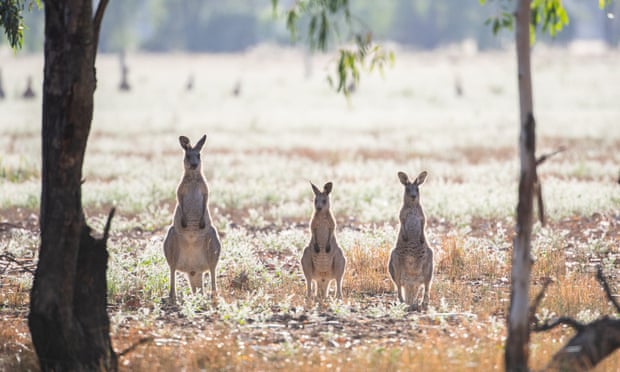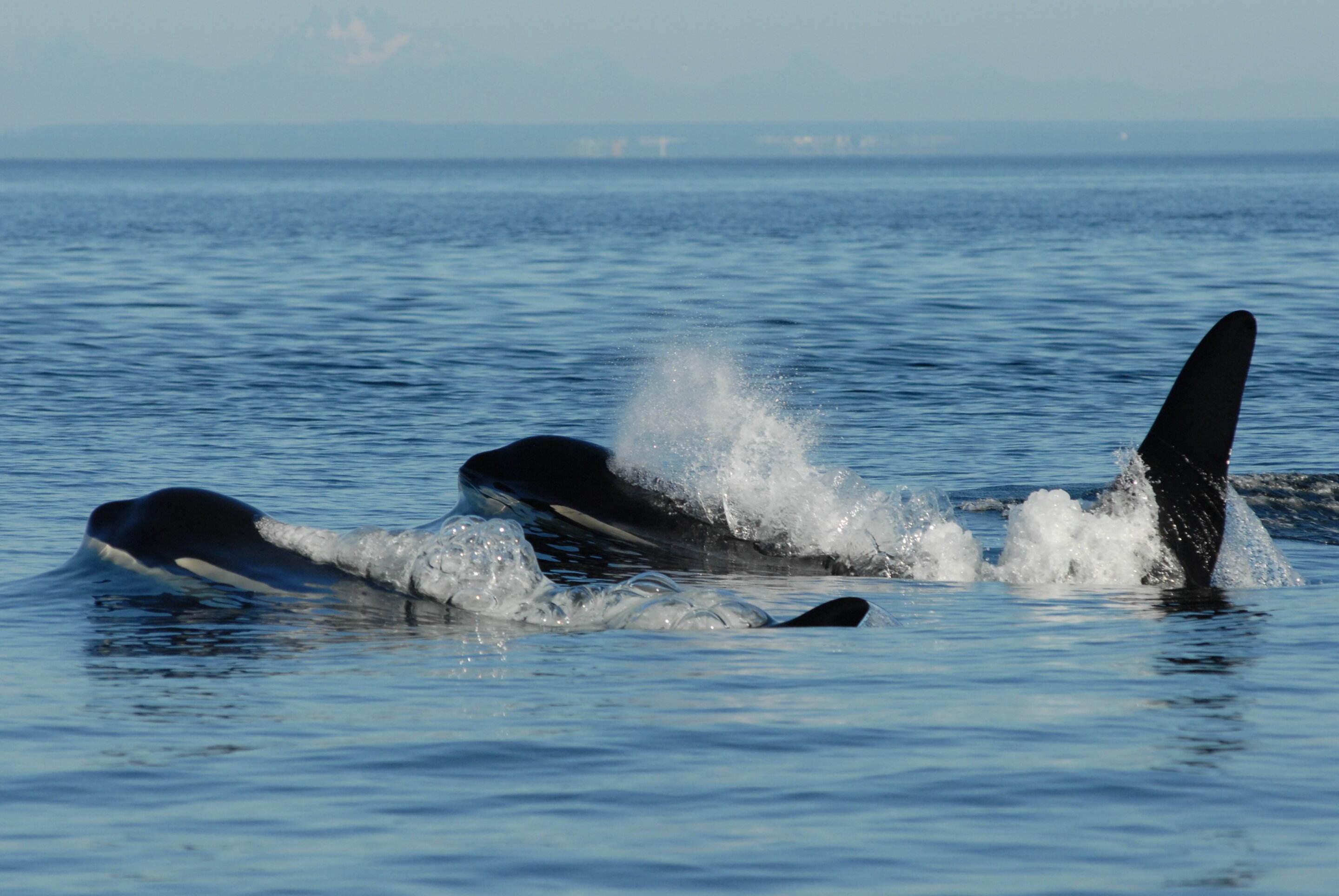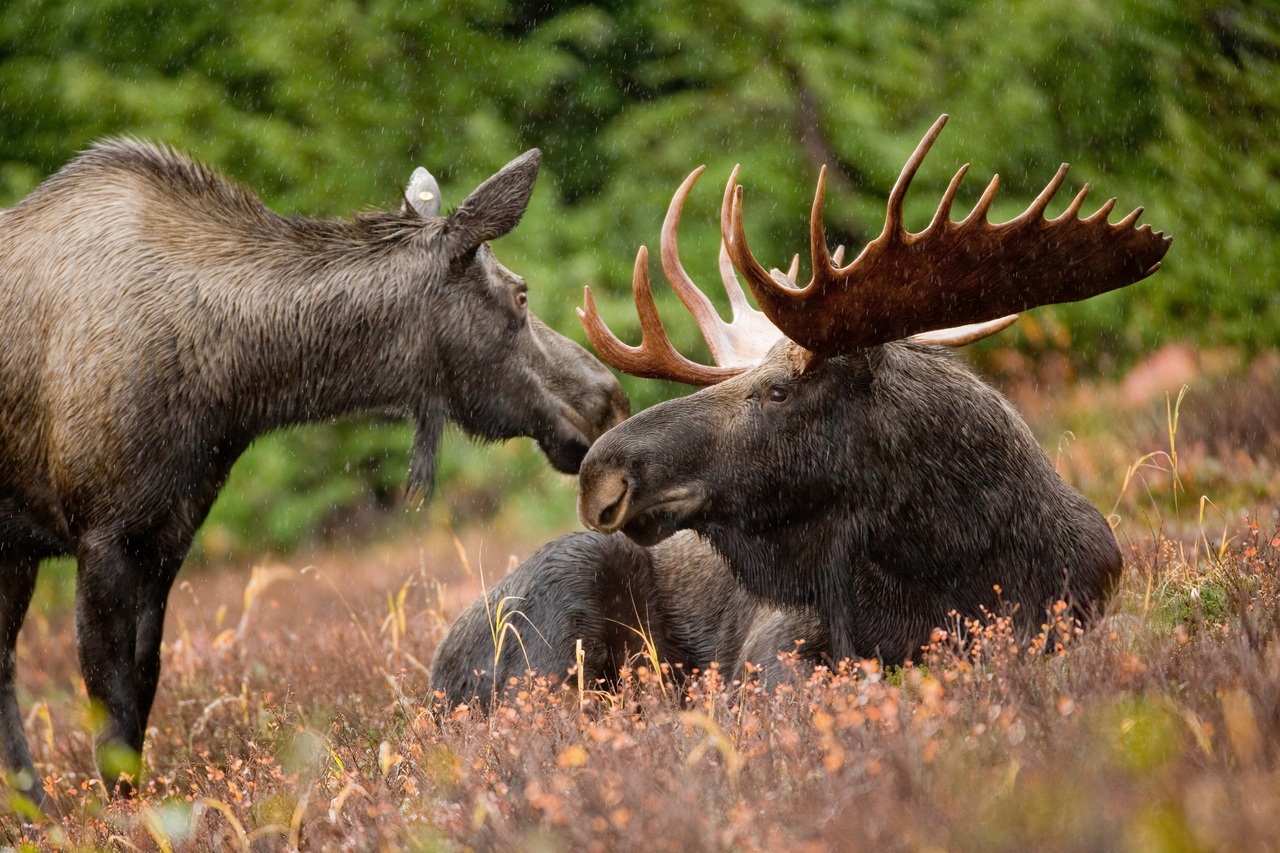There has long been interest in comparing the biology of placental and marsupial mammals, and how distinct traits relate to adaptations and convergent eco-morphological niches in different parts of the world. One trait of interest is the pattern of tooth replacement.
“Unlike humans, or dogs or many other animals that have a baby set and second adult set of teeth, we know that Tasmanian devils only have one set that serves them through their entire lives,” said University of Tasmania’s Professor Menna Jones, author of the study.
“When a Tasmanian devil joey is very young it has very small teeth that fit its small body.”
“Tasmanian devils are weaned from their mothers when they’re just one-third of their adult size, and it’s at this point they have to become independent and feed themselves.”
“Instead of losing time changing over to a set of adult teeth like humans do, the Tasmanian devil’s teeth simply ‘erupt’ gradually out of their jaws and gums, pushing further and further out to fill the Tasmanian devil’s larger mouth and head, allowing the growing animal to hold meat and prey and defend itself.”
“This is a very cool fact about a very cool species, and it shows a completely different evolutionary solution to having teeth in growing animals than what we’re familiar with.”
The same phenomenon is seen in quolls and thylacines locally, and also in some ancient marsupial species like giant borhyaenids and saber tooths from South America.
“This information helps researchers to determine the age of animals that they are studying, including those monitored in the wild for Tasmanian devil facial tumor research,” Professor Jones said.
The study was published in the Proceedings of the Royal Society B.
Citation:
Menna E. Jones. 2023. Over-eruption in marsupial carnivore teeth: compensation for a constraint. Proc. R. Soc. B 290 (2013): 20230644; doi: 10.1098/rspb.2023.0644
This article was first published by Sci News on 13 December 2023. Lead Image: A young Tasmanian devil (Sarcophilus harrisii). Image credit: Keres H. / CC BY-SA 4.0.
What you can do
Help to save wildlife by donating as little as $1 – It only takes a minute.







Leave a Reply